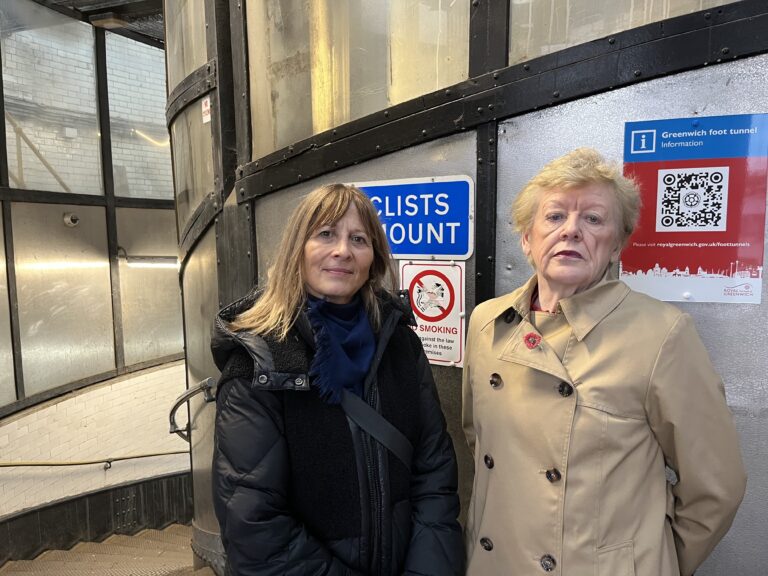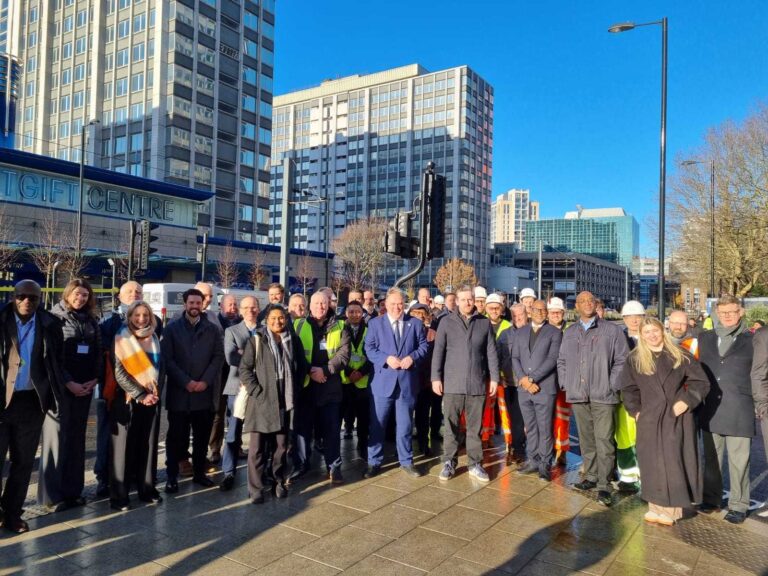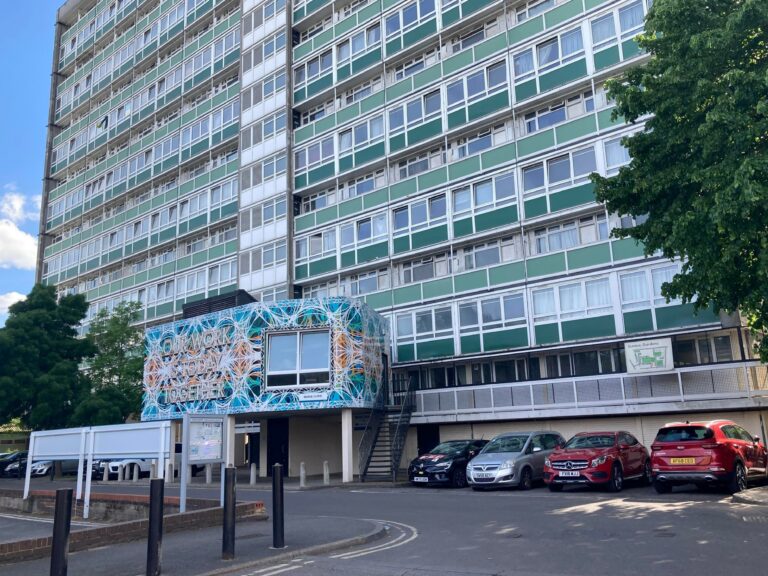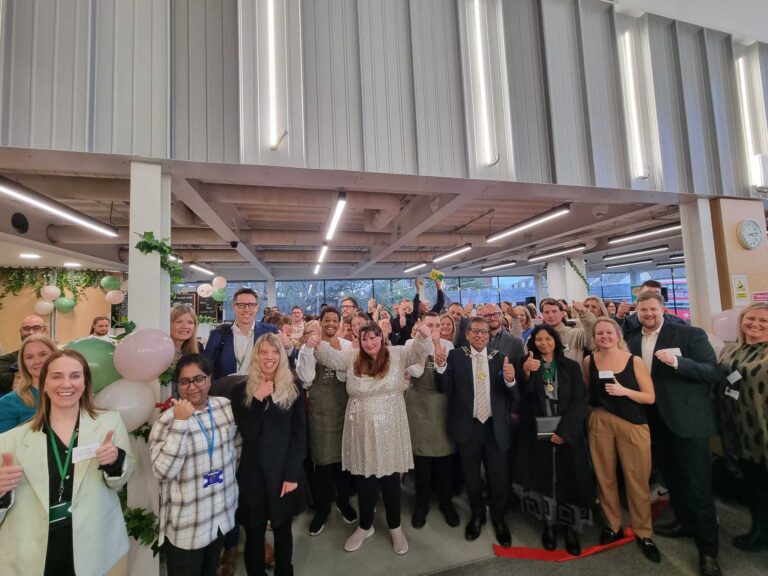A Grade II listed South London ballroom dating back to the 19th century is in need of ‘emergency’ repairs.
Greenwich Council has received plans for a series of ‘urgent and immediate’ repairs to the Rotunda, a historic bell-tent shaped ballroom in Woolwich Common, to prevent its collapse.
Planning documents from Wessex Archaeology, on behalf of Sweco, show the 24-sided polygonal structure was originally built in Westminster in 1814 to celebrate the defeat of Napoleon.
The building was designed to be a ballroom to house up to 2,500 guests, before being moved to Woolwich in 1819 to display the British military’s war trophies.
The documents said: “The size of the Rotunda structure, with huge catenoidal shaped roof, was taken from both military and festive tents of the period, which were often on display for large, lavish events.”
The structure was closed during World War II and the lack of maintenance reportedly led to cracks in the building’s roof, allowing water to come in.
The building was thought to be on the “verge of collapse” in 1954 before being repaired three years later.
The Rotunda has also hosted the Royal Artillery Museum and a boxing gym over the years.
Planning documents from Crosby Granger Architects said that the building has been empty since 2001, leading to its state of disrepair.
The said leaks in the building’s roof have been mediated a series of piecemeal repairs, with the building partially collapsing in recent times due to decaying wooden supports. Other repairs required include internal canvas lining to the roof and ventilation to the windows and doors.
The Rotunda was upgraded to Grade II listed status in 1973, and is currently listed as being in “very bad” condition on Historic England’s Heritage at Risk register.
The body has also categorised the structure as “Priority A”, meaning there is an immediate risk of further rapid deterioration, and hope for any works on the structure to maintain its rich heritage.
Planning documents said: “Unfortunately, the Rotunda has suffered from unsympathetic alterations and use of modern materials, such as cement mortar repairs and repointing, and a replacement concrete floor to the main building.”
They added: “By ensuring the Rotunda becomes a focal point with some degree of prominence, alongside a programme of sympathetic remediation works, the Rotunda’s significance can not only be preserved, but enhanced.”
The repair works submitted for the Woolwich Rotunda will be responded to by Greenwich Council by October 9.






